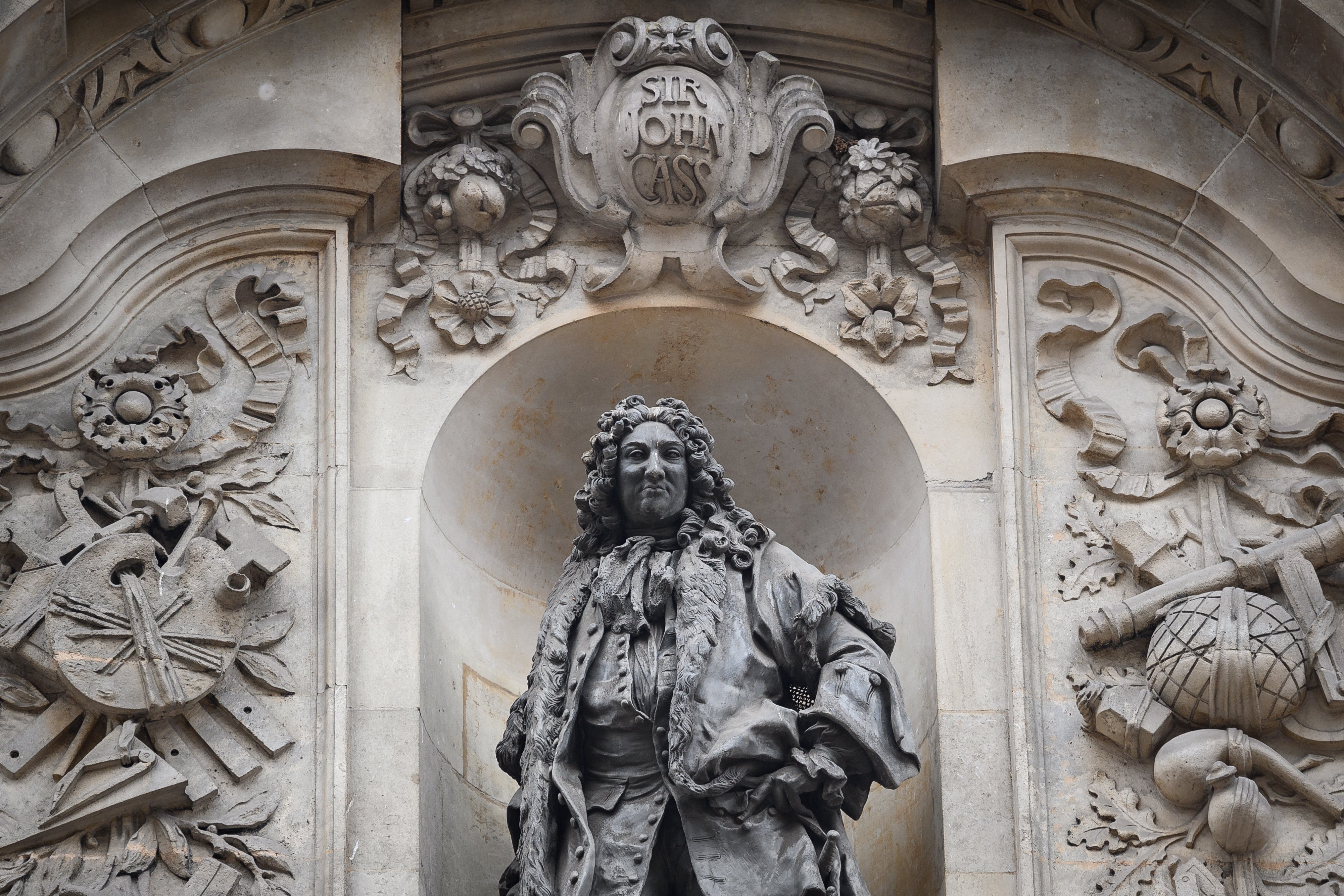This is what we need to do with disgusting statues of slave traders
Whether we like it or not, slavery is a part of our national story, writes Noah Anthony Enahoro. Why would we hide that atrocity away?


Two statues paying homage to influential and historical City of London figures William Beckford and Sir John Cass will not be pulled down, it’s been announced – but will have plaques added instead to educate people about their connections to slavery.
The City of London Corporation had voted to remove the monuments from their headquarters in Guildhall and “re-site” them in 2021. But the latest decision means they’ll be firmly staying in place.
Regardless of our own beliefs and stances, it is a historical fact that slavery is part of our national story. The country would not be where it is today without it. If they will not be taken down, then at the very least we should use their prominence to educate people about what Britain was built on, so that people have no choice but to face historical reality.
This is not the first time fierce discussion over controversial tributes has taken place. I’m sure we all remember when the statue of Edward Colston (a prolific Bristolian slave trader whose company violently trafficked more than 100,000 enslaved Africans from West Africa to the Caribbean and the Americas) was toppled by demonstrators in June 2020. Protesters rolled the statue and pushed it into Bristol Harbour – the very same harbour many of Colston’s ships would have departed from.
The bronze statue of Colston was erected in 1895, more than 100 years after his death – and aimed to recognise his contribution to the life and development of Bristol. But its supporters conveniently missed out on how Colston financed his philanthropic endeavours. It was the toppling of his statue that brought to light his crimes – placing his contributions in their proper historical context.
Like Colston, Beckford and Cass accrued their wealth from the slave trade. Beckford was a two-time Mayor of London in the 1700s, who inherited 13 sugar plantations in Jamaica, run by more than 3,000 enslaved Africans. Cass was an MP, using the shares he had in the Royal African Company, a British slave-trading body, to fund many of his philanthropic activities. In a similar fashion to Colston, both the statues of Beckford and Cass were erected after their deaths.
But the timing of this latest announcement seems interesting to me. After all, the City of London Corporation’s Policy and Resource Committee voted to remove the statues two years ago, before reneging on that commitment. Why?
I’ve written before about how several companies who had made pledges and promises during the wake of the 2020 Black Lives Matter protests never kept them. Many institutions, including the NHS, failed to meet the targets they had set themselves.
Whatever caused the CoL’s Policy and Resource Committee to change their mind (a new statues working group rejected the plan and said they should stay) is not unique to them – we’ve seen it before. And that feels to me like one thing: virtue-signalling. Big organisations cared while the protests made the headlines, but two years later they seem to care a little... less.
Calls for the removal of statues and their subsequent moving to museums are so often met with accusations of "taking down history". But statues are not history. In most cases, they are homages. Tributes. When you erect a statue, you often do so because you want people to remember what that person stood for, what they represented.
With this in mind, it makes perfect sense to ask: what does it say about our country when we have monuments and homages to slave traders – those who benefitted from some of the worst crimes committed against humanity – erected on plinths towering above us? It is entirely reasonable to argue that keeping them up in the 21st century is wrong and continues to perpetrate harm.
But if placing them in museums and highlighting the individuals’ roles in profiting from – and sustaining – the slave trade is not an option that people want, then I have an alternative: let them stay, in their intended glory, but put plaques on all of them.
Every single statue commemorating a slave trader, every street name, every building, every organisation – and every single institution associated in any way with slavery. After all, if people say that slavery’s impact on Britain didn’t last as long as others suggest, then only a couple of plaques will be erected, right?
If taking statues down isn’t an option, then tag them all and force passers-by to bear witness to exactly how the United Kingdom came to be the global force it is today. Don’t hide it – tell everyone the truth. Make it part of our "living history".




Join our commenting forum
Join thought-provoking conversations, follow other Independent readers and see their replies